Summer 2016 Forum
Introducing New Variables;
Developments in Variable Speed Technology
June 3rd, 2016
Holiday Inn
25425 SW 95th Ave, Wilsonville, OR 97070
This year’s Summer Forum was held at the Holliday Inn in Wilsonville. This was a very successful forum, featuring four great speakers and two vendors. The forum was well attended by a diverse group of professionals from across the energy industry.
The first speaker of the day was Reid Hart, PE, Senior Buildings Research and Development Engineer at the Pacific Northwest National Laboratories. Reid’s presentation focused on Motors and Variable Speed Drives for Pumps and Fans. The motor efficiency of different types of motors were discussed, from shaded pole, permanent split capacitor and electronically commutated DC motors for small motors, to general purpose and premium efficiency motors for large motors. A relatively recent technological development, electronically commutated (EC) motors are significantly higher efficiency that older small motor technology.
Reid next discussed overall fan system efficiency and the various losses involved with a typical system. The parasitic energy losses associated with variable speed drives used to be 5-50% of peak input, however newer and larger units have losses of 2-3%. Reid noted that there needs to be more research done on the effects of VFD drive losses on motor efficiency, because there have some studies that indicate a relationship however it has not been fully analyzed.
Ried also discussed the “ideal” vs “real” affinity laws for pumps and fans, including opportunities for energy savings from static pressure reset and fan speed reductions.
The next speaker was Bob Fassiotto, controls expert from Oregon Air Reps. Bob’s presentation focused on variable frequency drive controls, common mistakes and applications. Bob first discussed the digital and analog inputs associated with controlling supply fans. Bob explained the wire switch configuration and how to program VFDs for Run Enable, Start Interlock, Start Modes, and Stop Mode. Bob also explained BACnet protocol technical data pertaining to programming the VFD operation. Bob explained serial communication’s role in percent power monitoring, output frequency and current indication and how it can be used to do load shedding and peak energy avoidance. Programming also needs to address night set-back, PID loop creation, temperature feedback and other controls inputs and outputs. This technical presentation helped our APEM members to develop a deeper understanding of how VFD controls are set up and programmed.
The third speaker of the day was Daniel Driver, lead of the Equipment Sales Department of TraneOregon. Daniel discussed the role of variable speed technology in chilled water systems. Daniel provided a refresher on the basic refrigeration cycle and the role of compressors in cooling systems. This was followed with a detailed discussion about different types of compressors and how their efficiency and capacity is affected the use of variable speed drives. Daniel discussed centrifugal, rotary screw, and scroll compressors. Using multiple graphs, showing the chiller efficiency (kW/Ton) verses chiller percent capacity, Daniel was able to illustrate the energy savings potential of adding variable speed technology to each of the different types of compressors. Finally, there was an explanation of how variable speed compressors are integral to variable refrigerant flow (VRF) systems to achieve high efficiency rates.
The last speaker of the day was Creighton Kerns, principal engineer at Total Mechanical, Inc. Creighton’s presentation was centered around controls and variable speed technology in existing systems in healthcare facilities. The presentation began with an exercise in determining project scopes based on facility goals, budget, and the condition of existing equipment. Creighton encouraged us to reconsider replacing equipment with ‘like for like,’ instead always considering capacity needs and energy savings. He described an example where existing air flows were insufficient to provide sufficient cooling, so larger air handler fans were needed. This upgrade would not result in energy savings, however, was necessary to maintain comfort standards within the healthcare facility. Creighton also featured an example of replacing 3-way valves with 2-way valves and adding variable speed drives to the main pumps.
We are grateful to all of our speakers for taking the time to share their knowledge with our APEM members.
Forum Announcement Pdf.
Presentations:
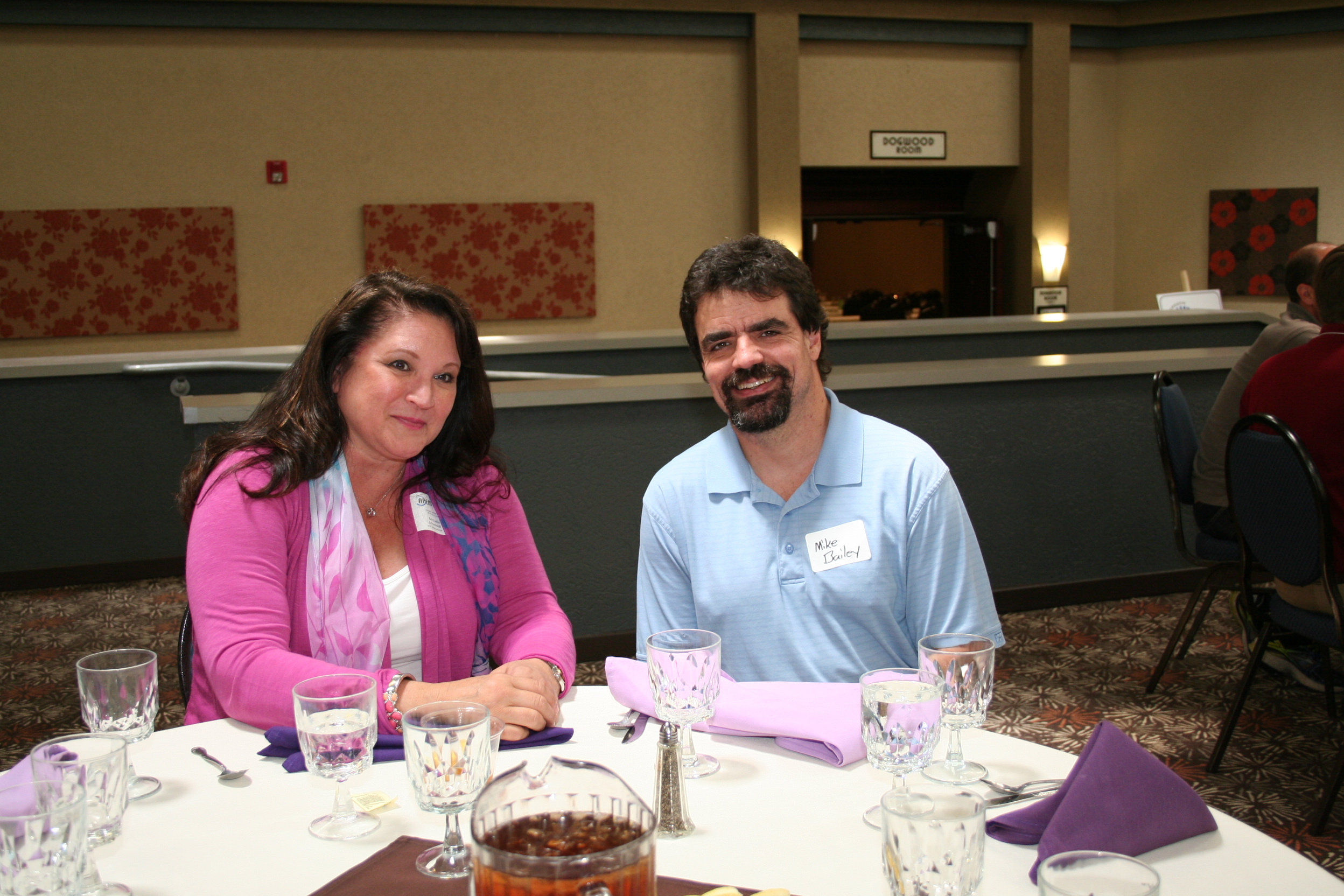
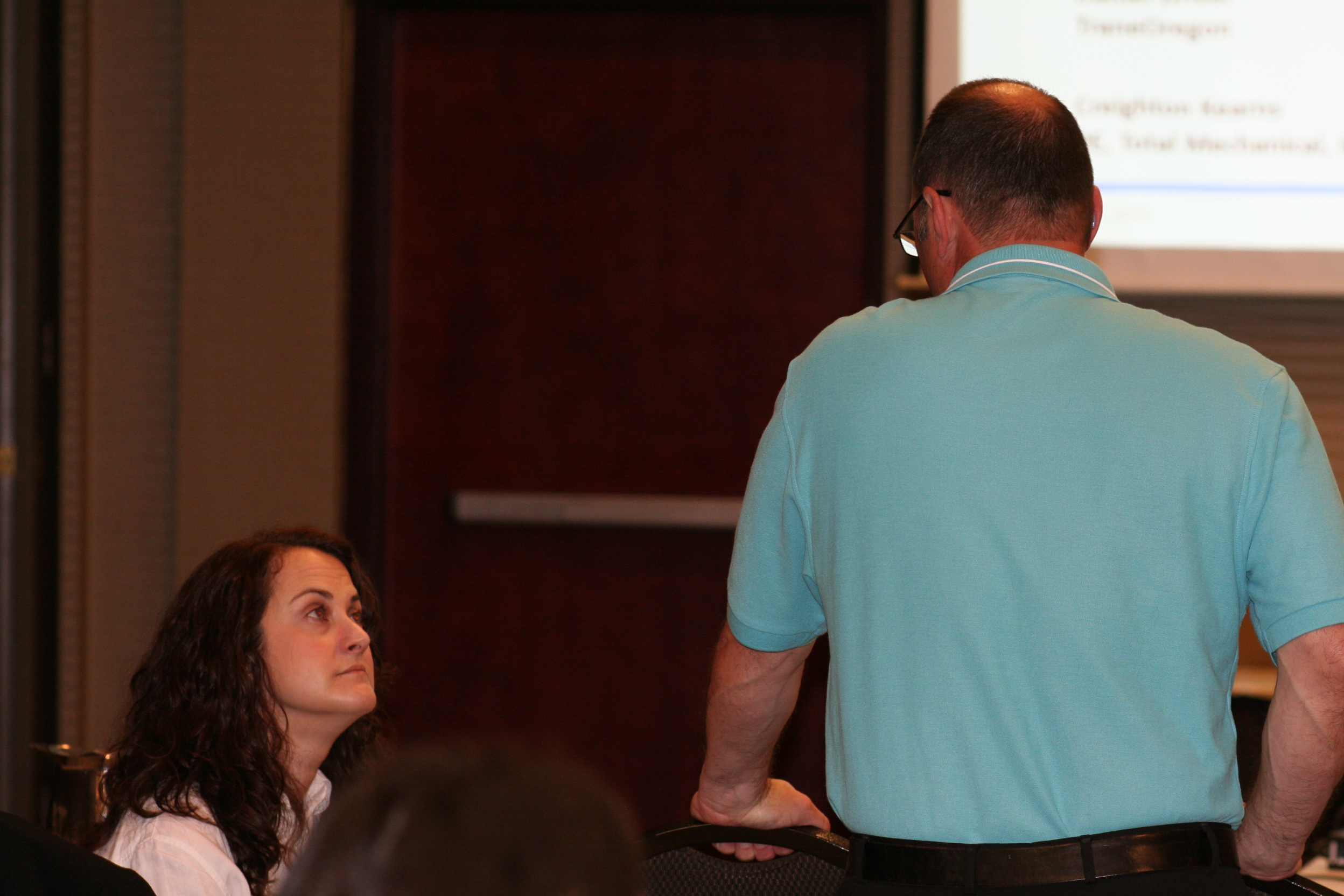

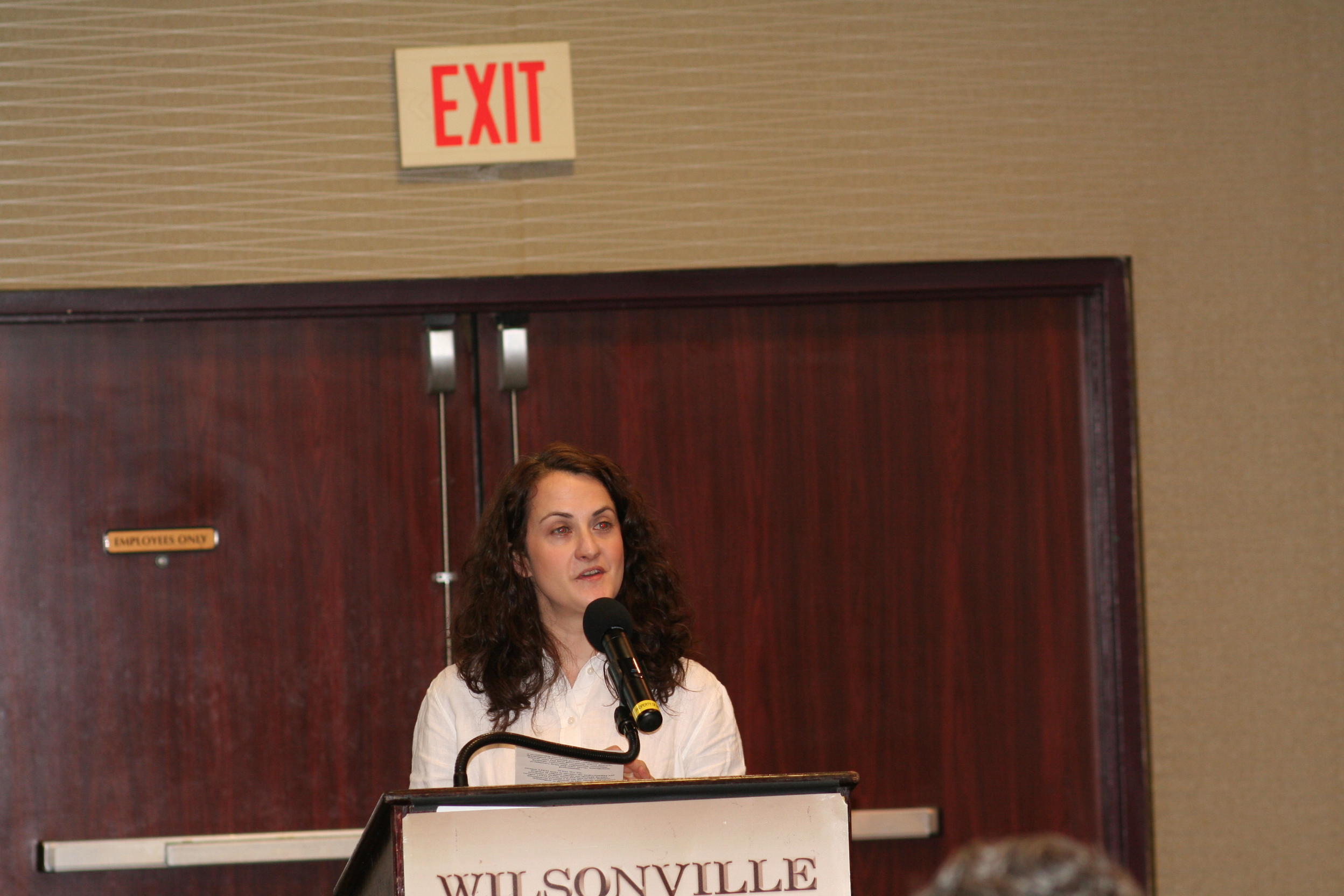

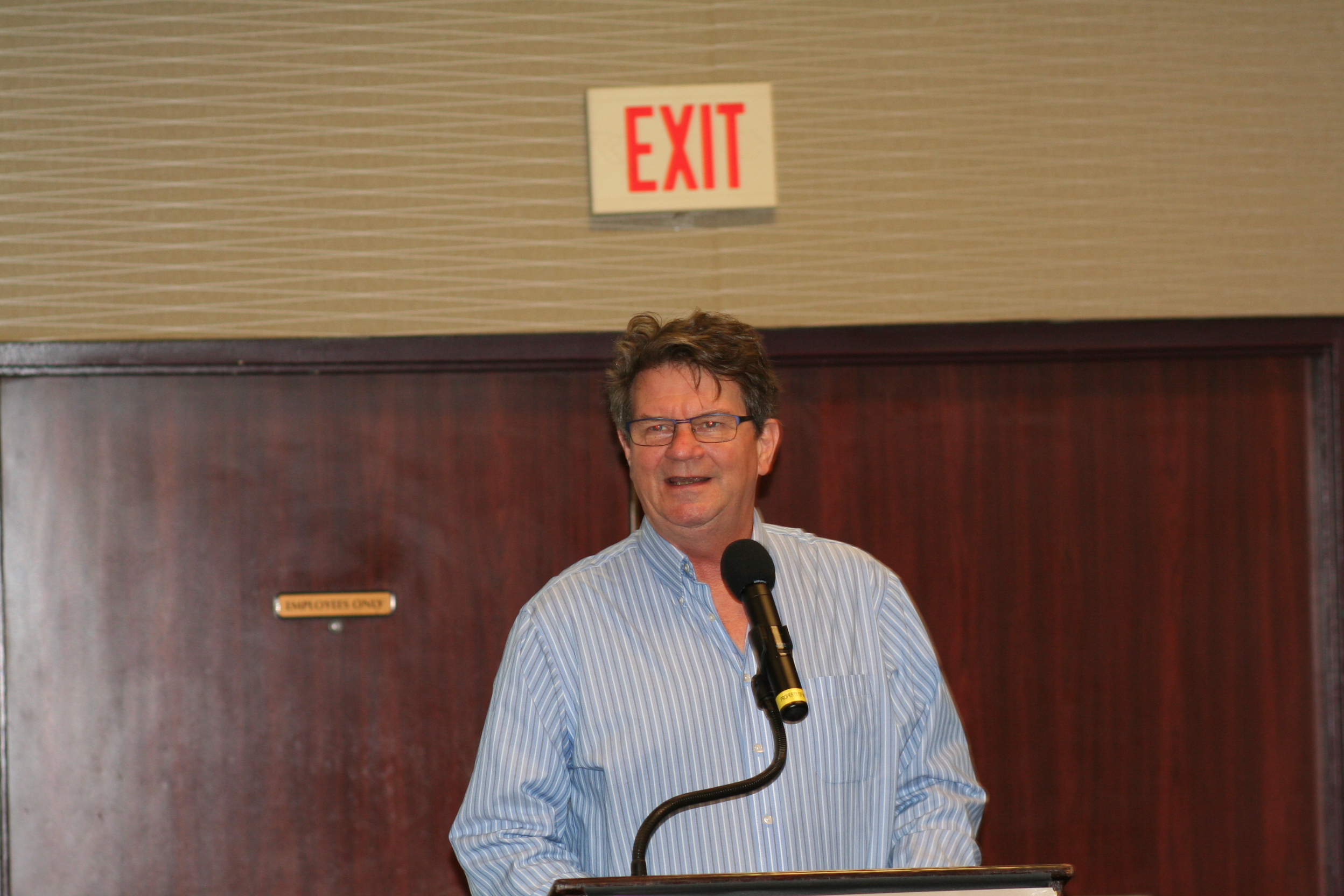
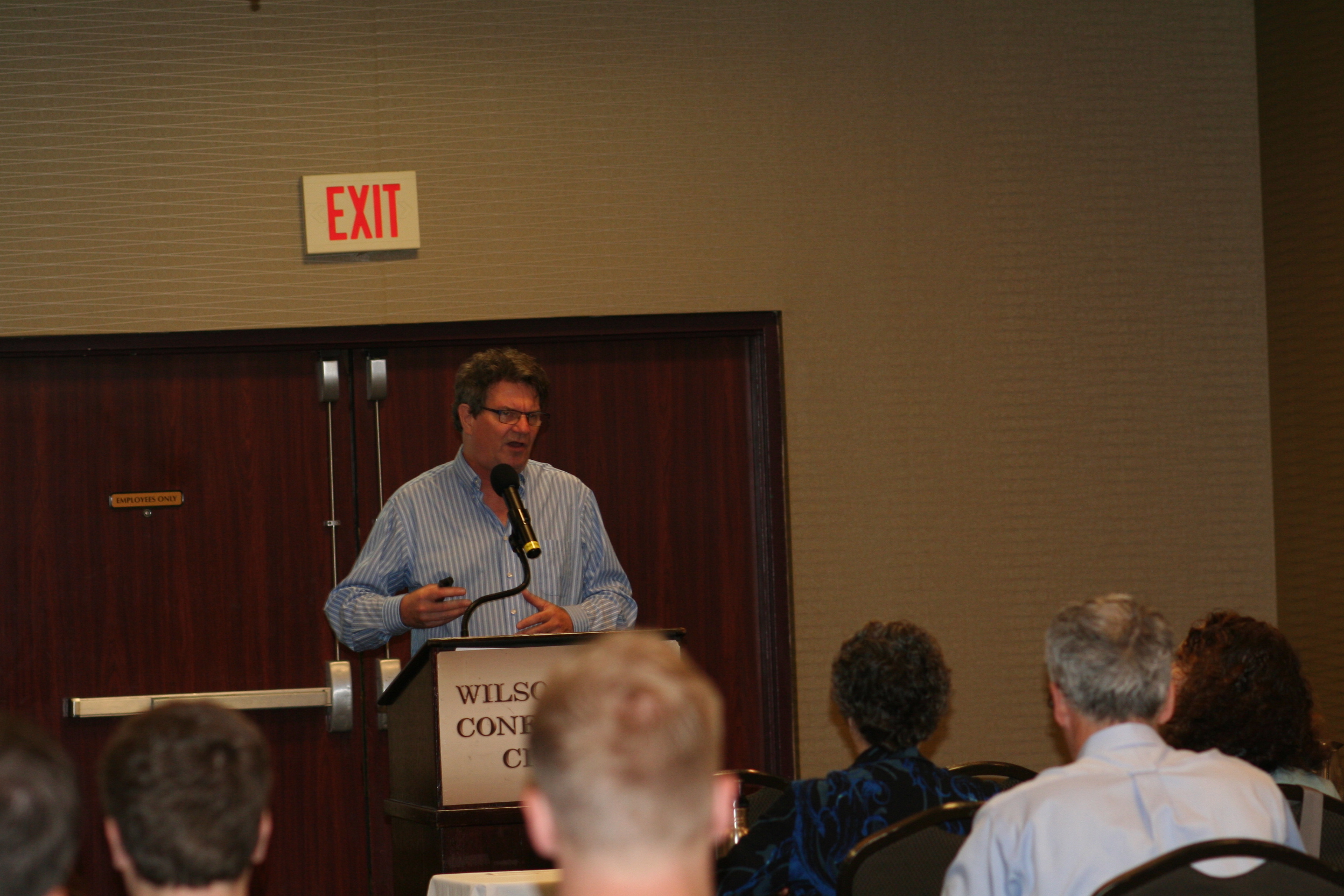
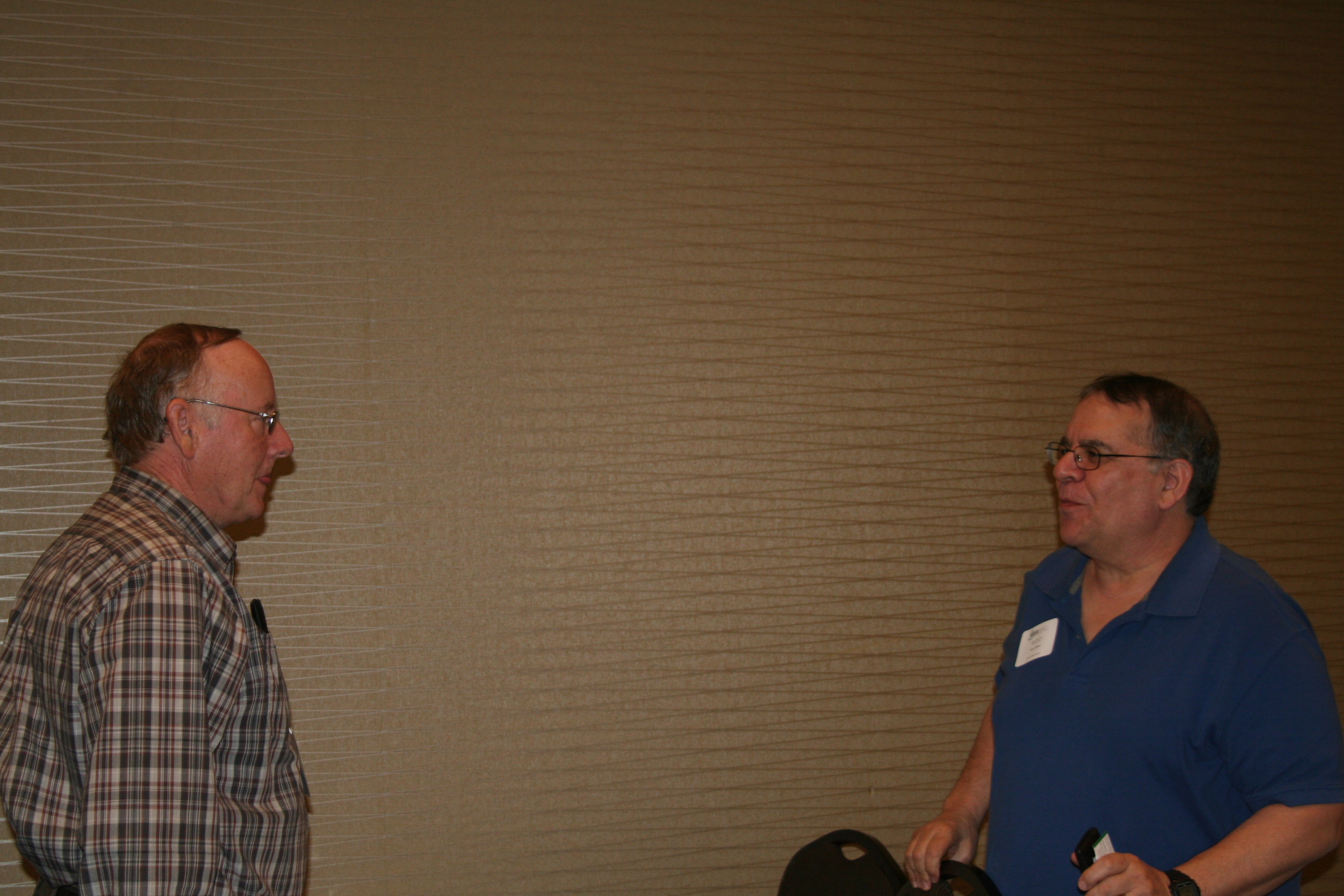
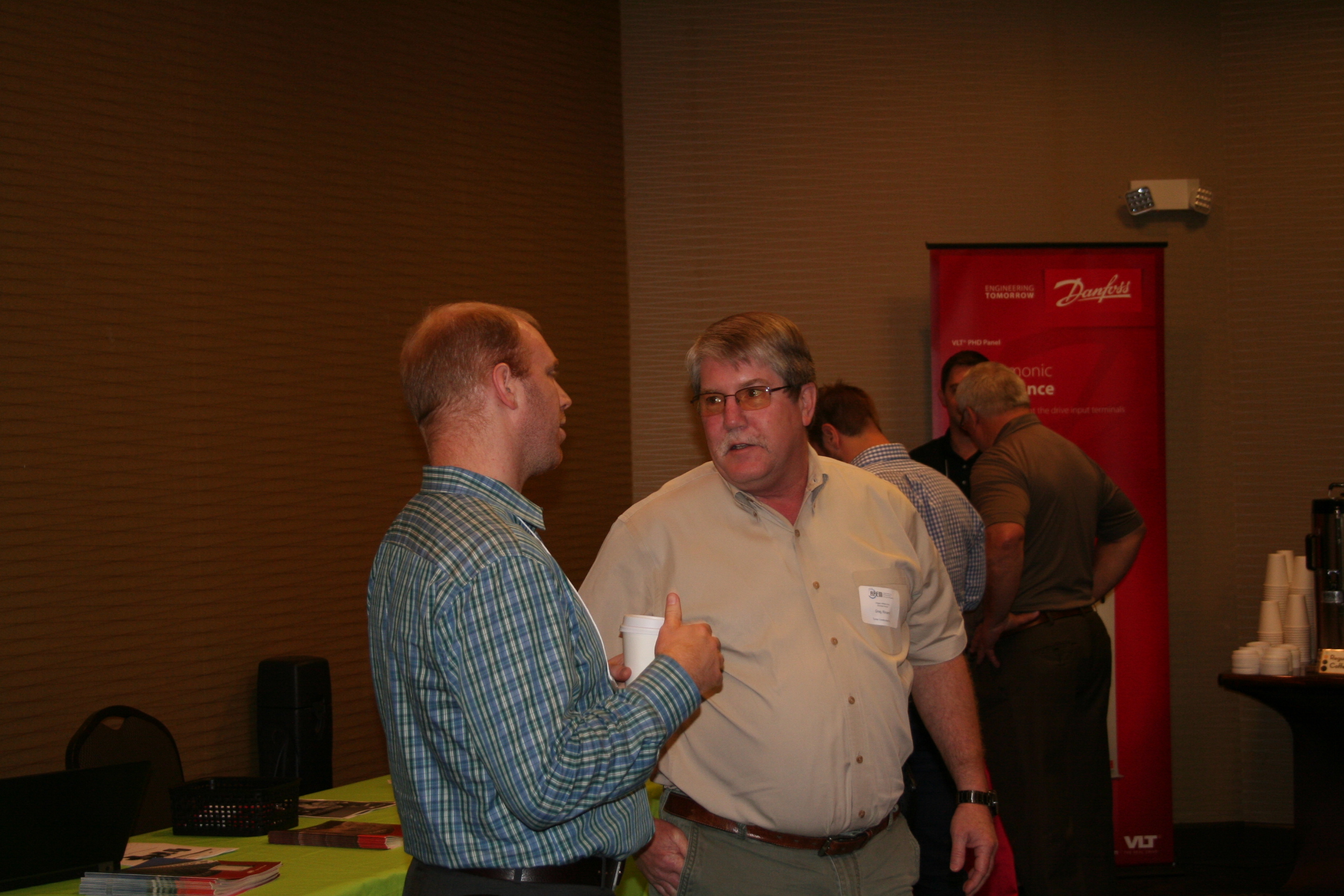
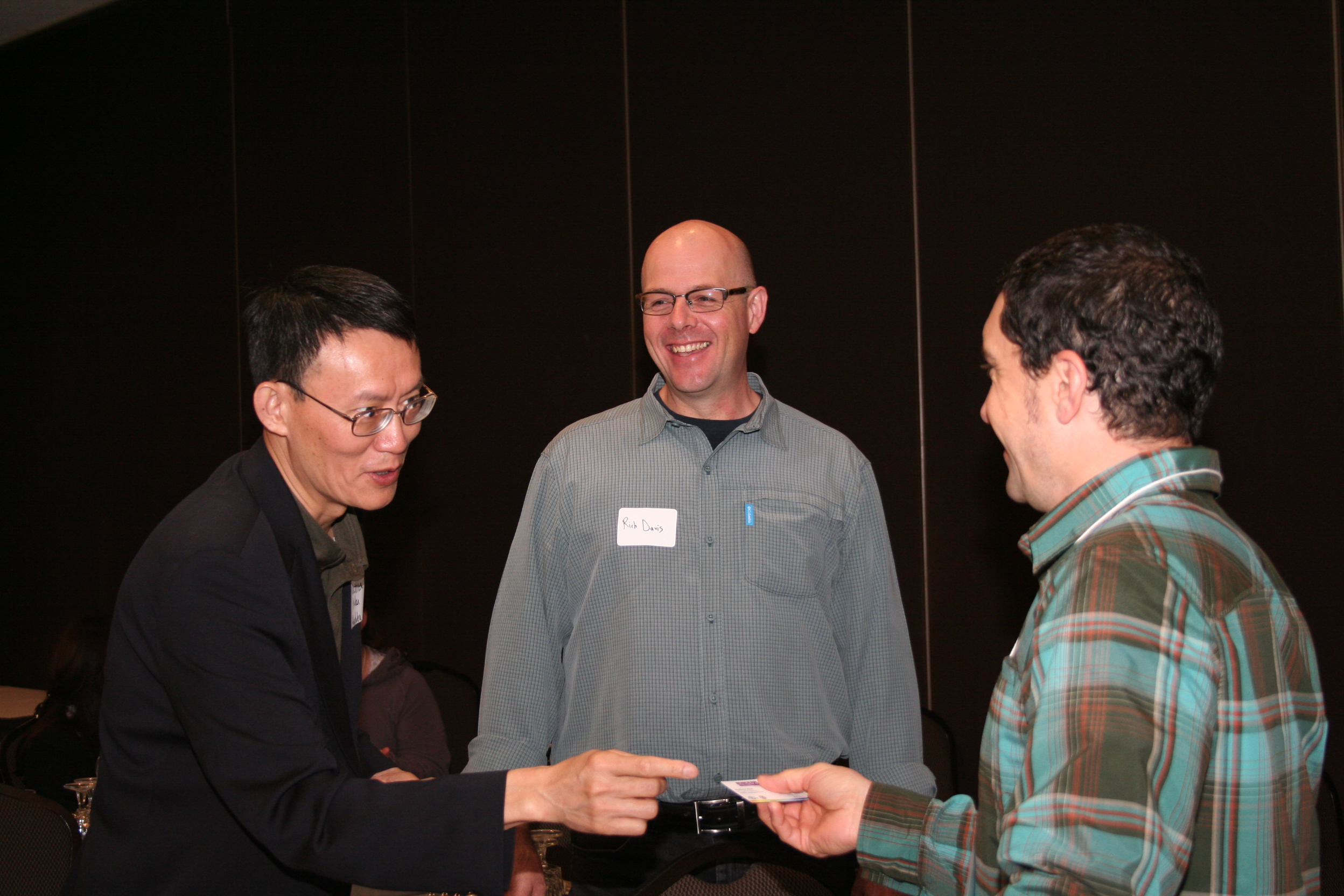
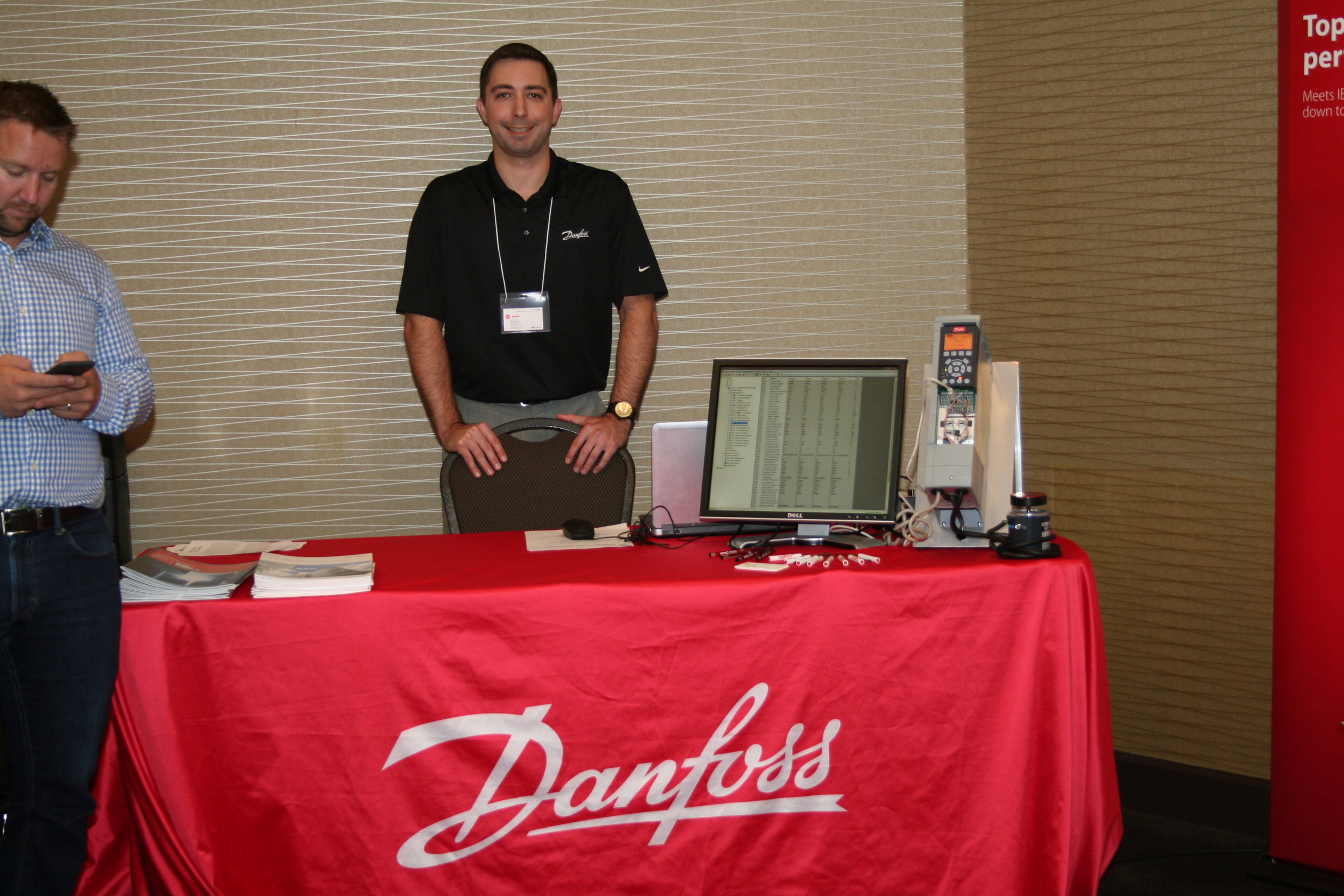
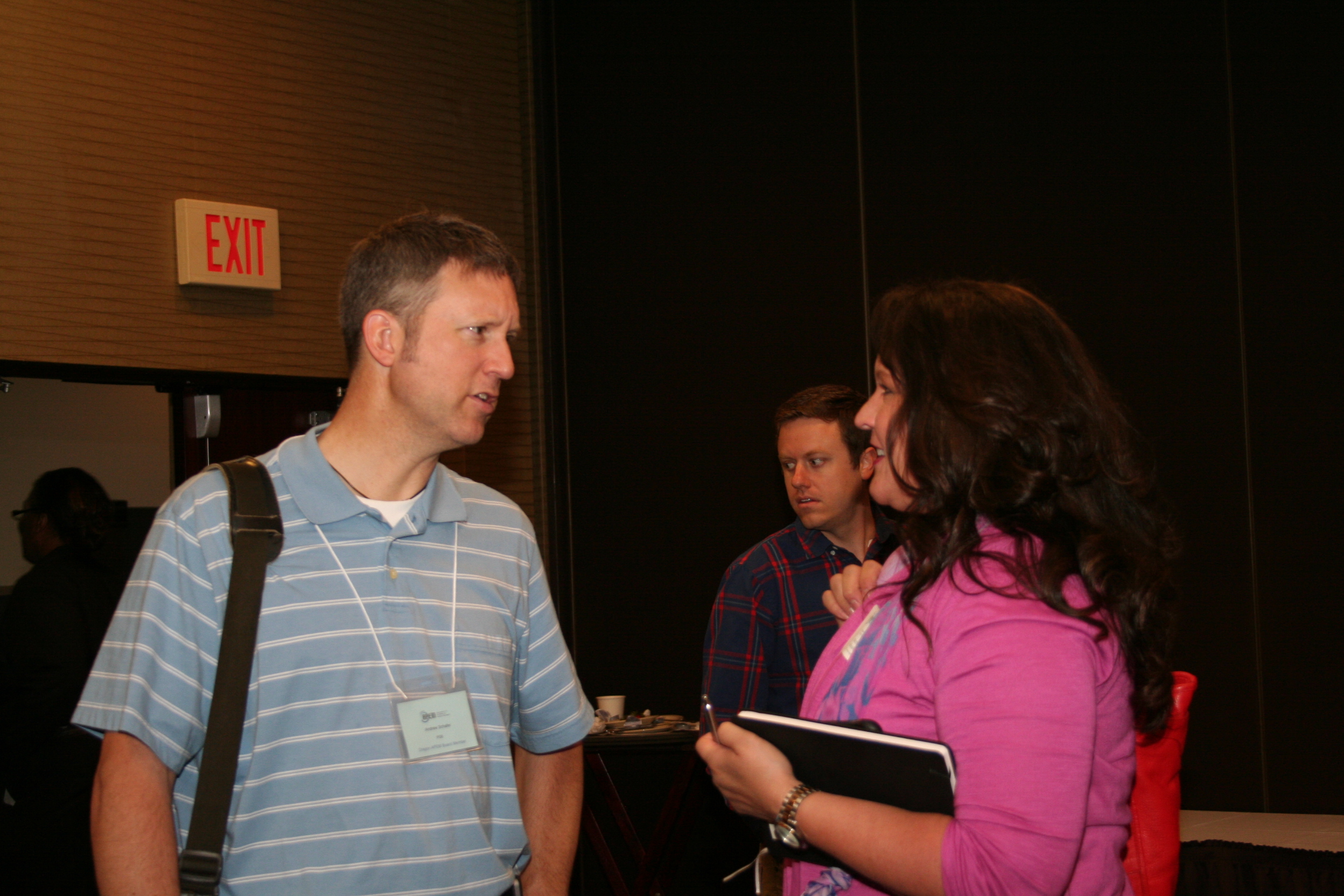
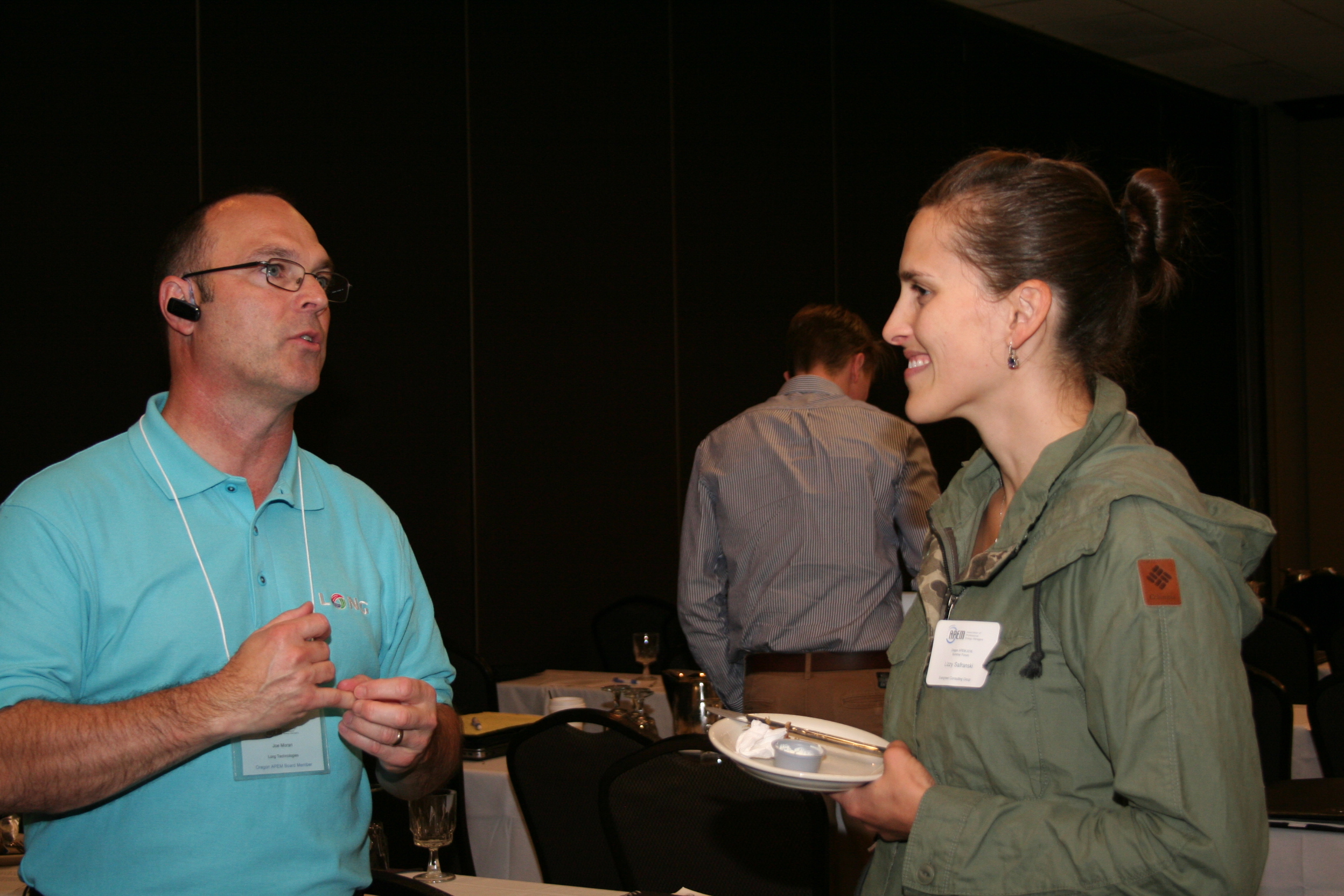

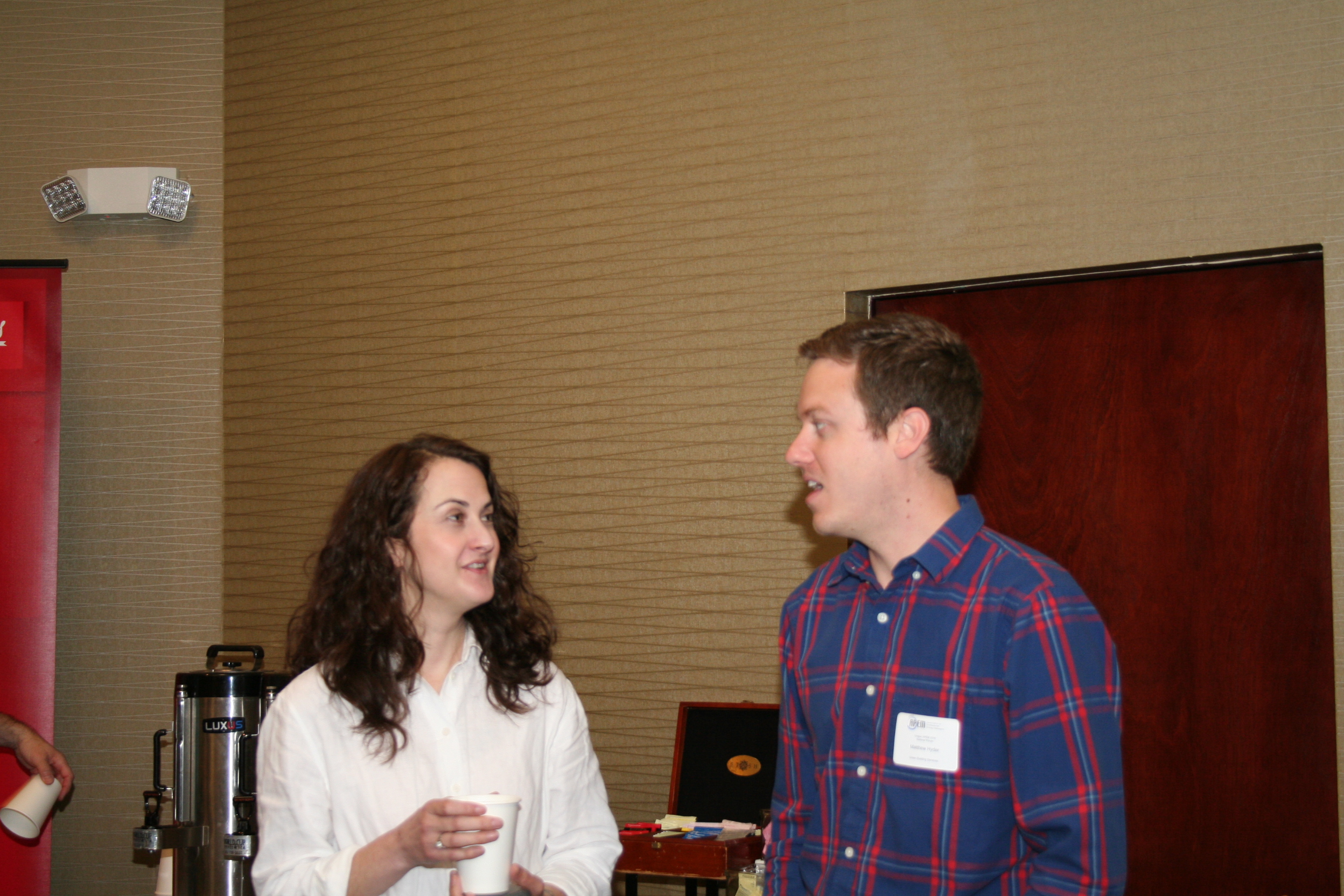
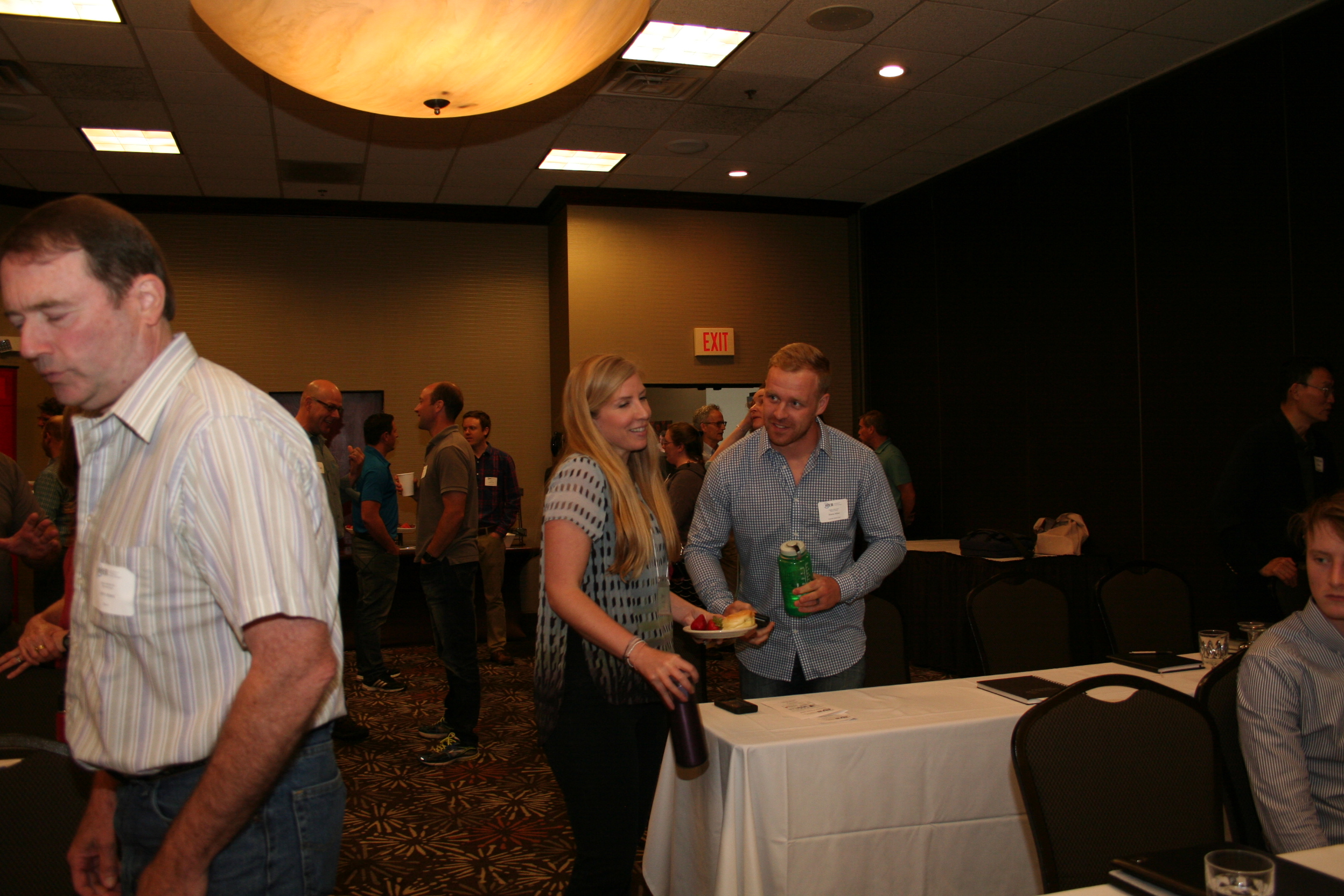
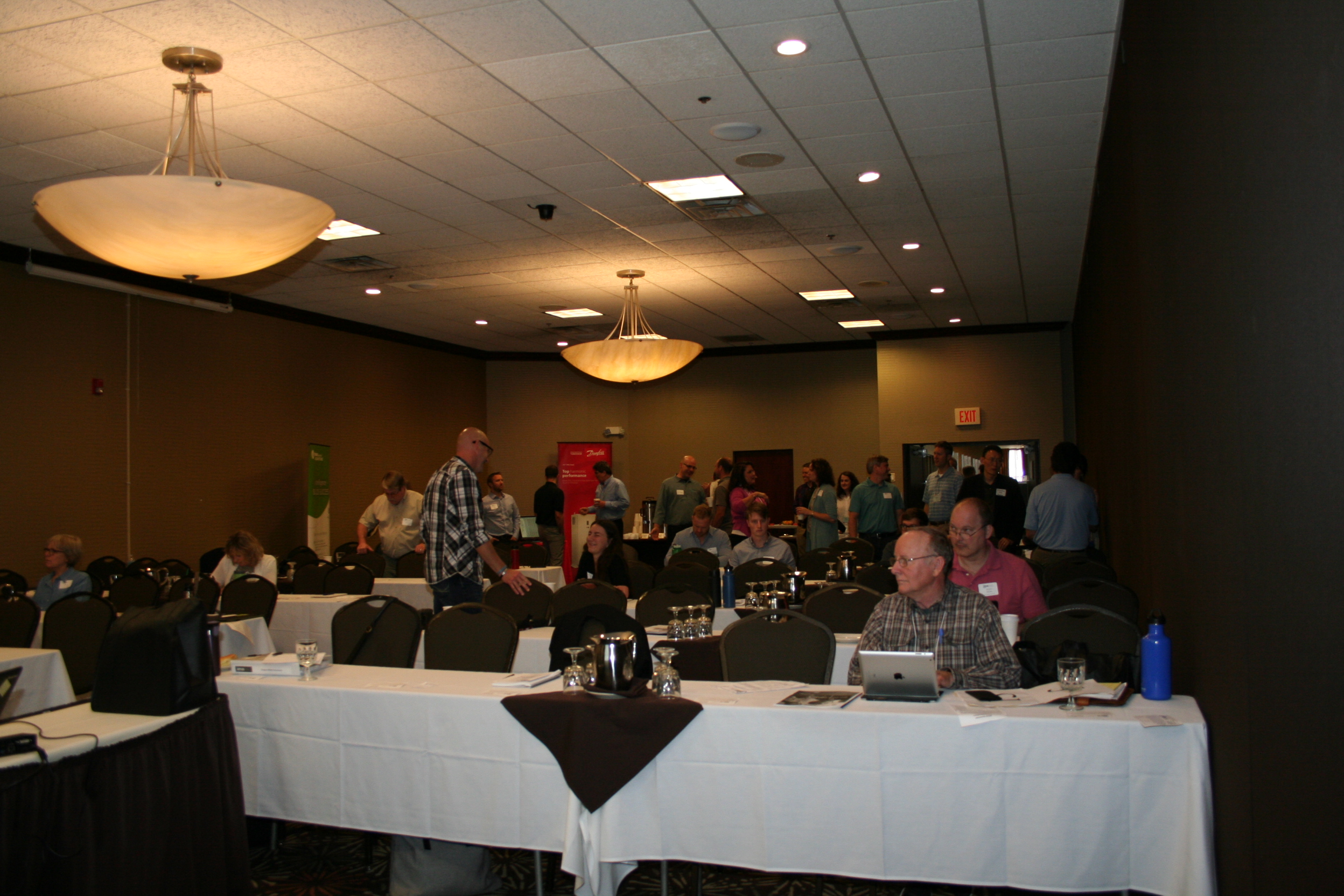

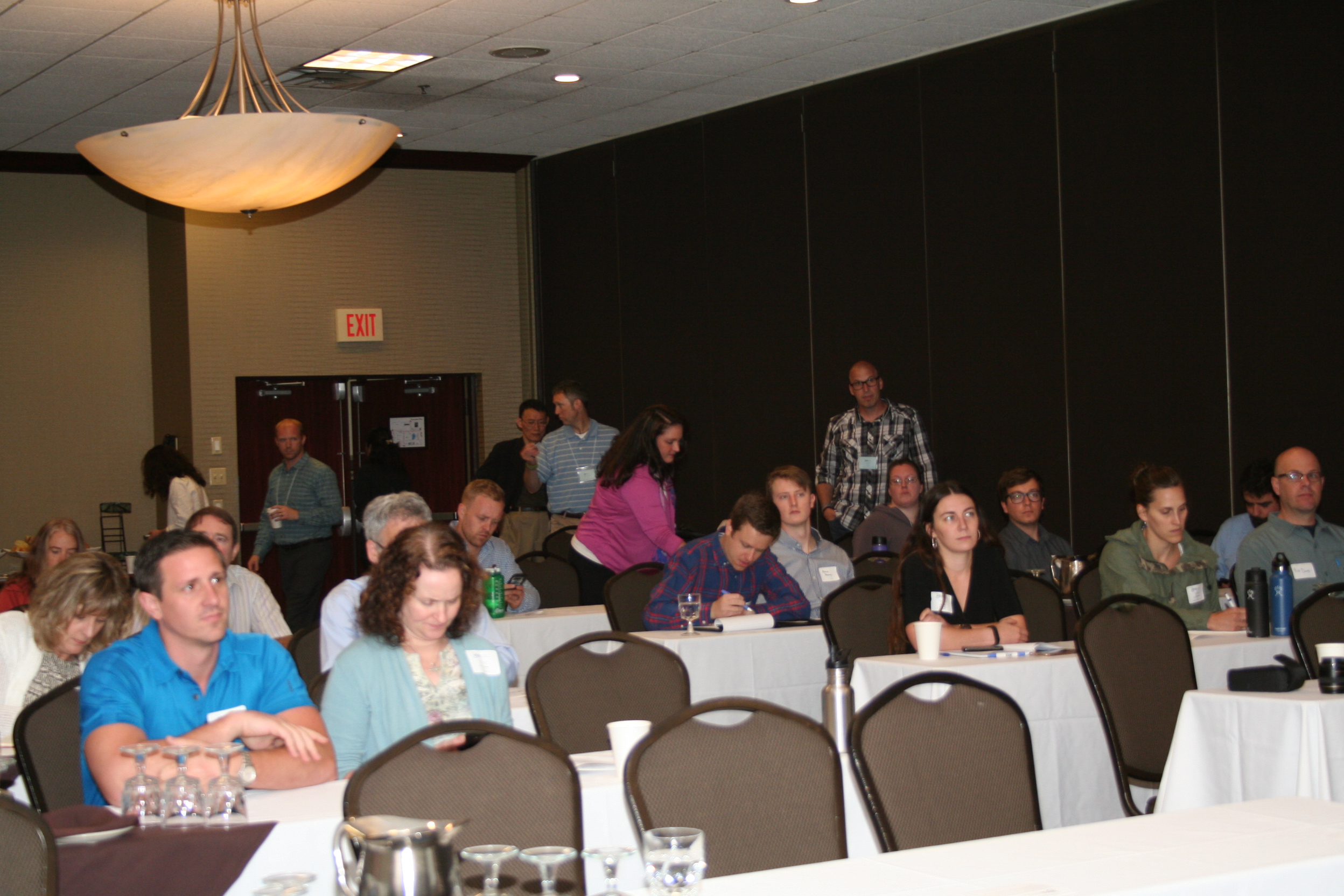
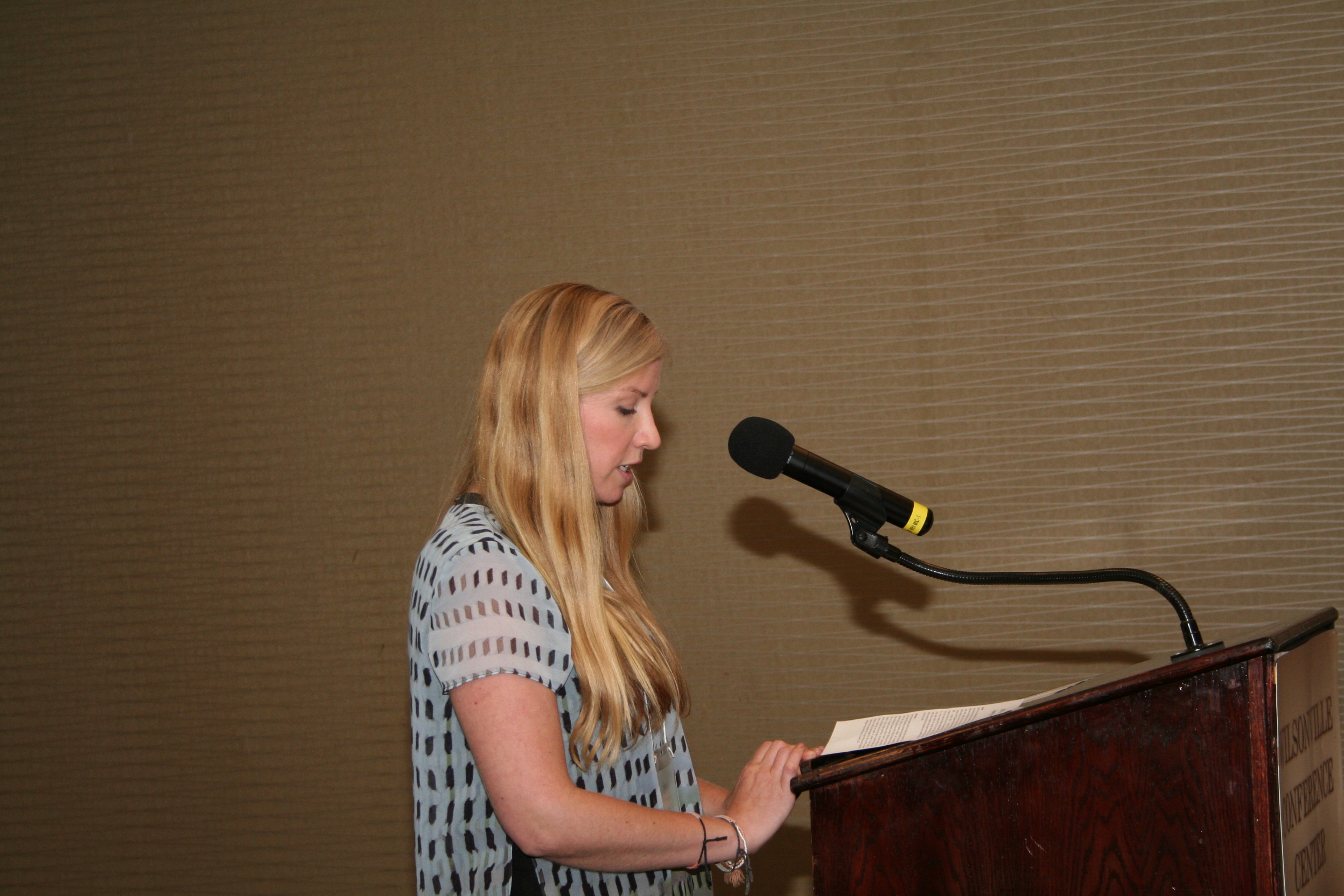
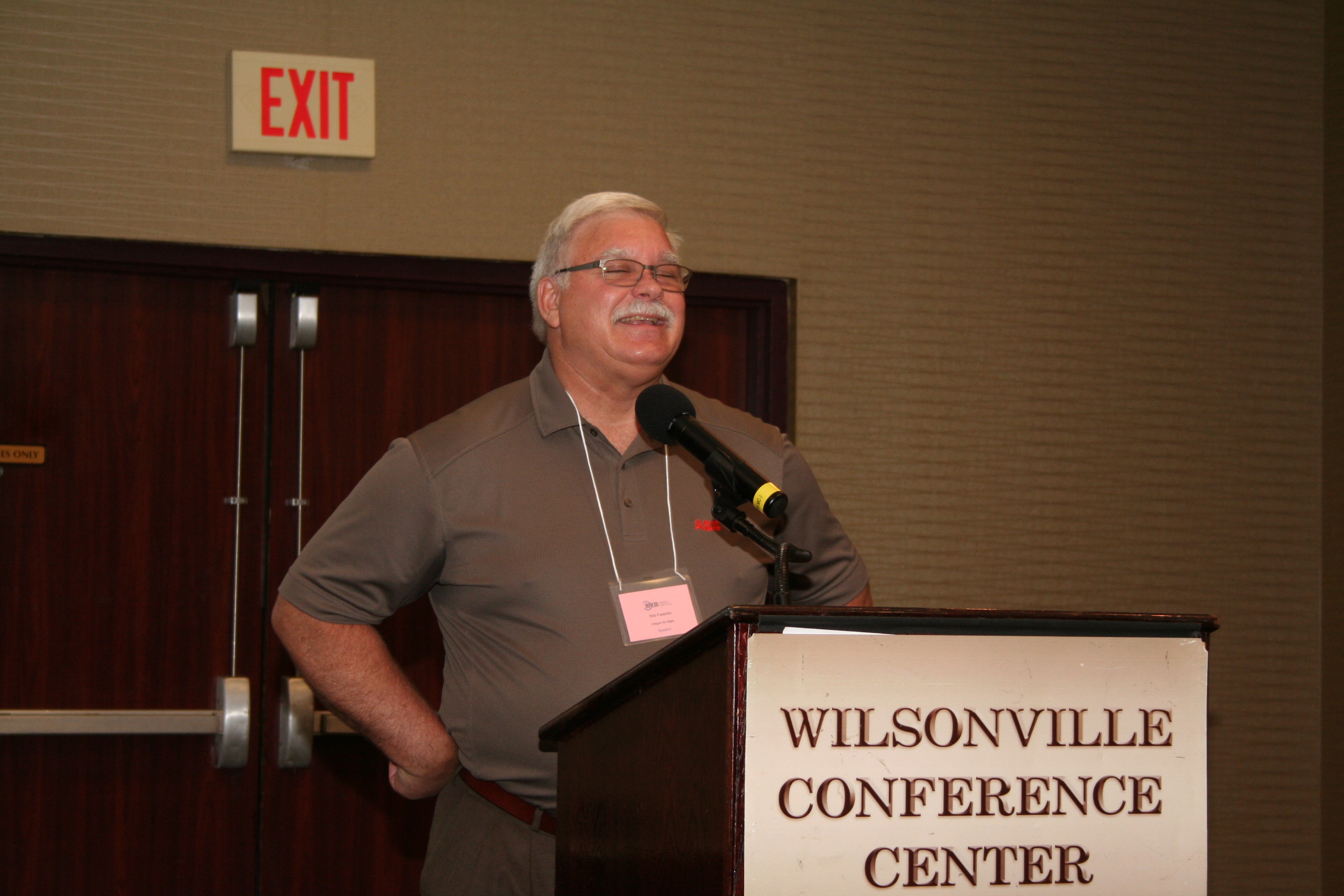

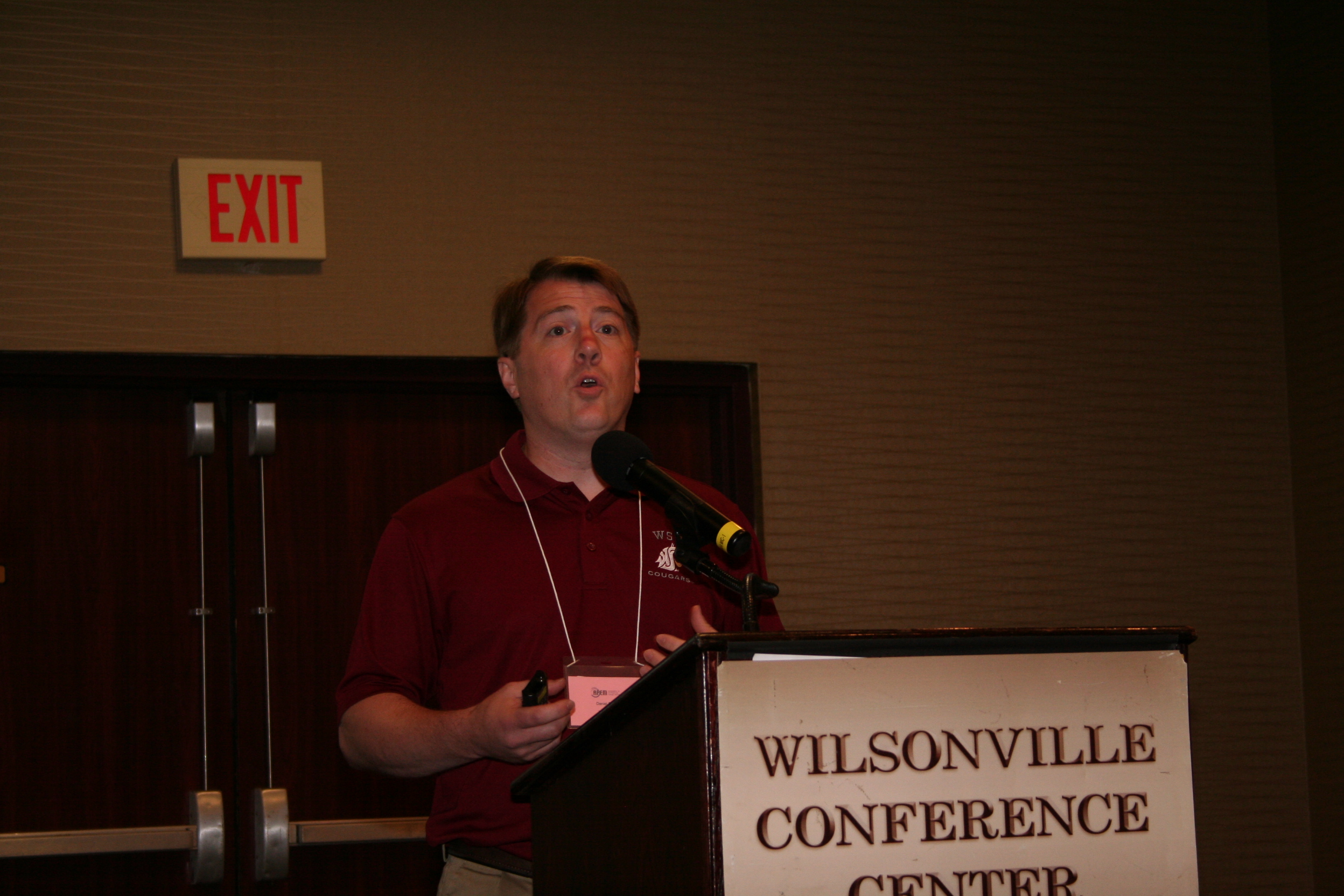

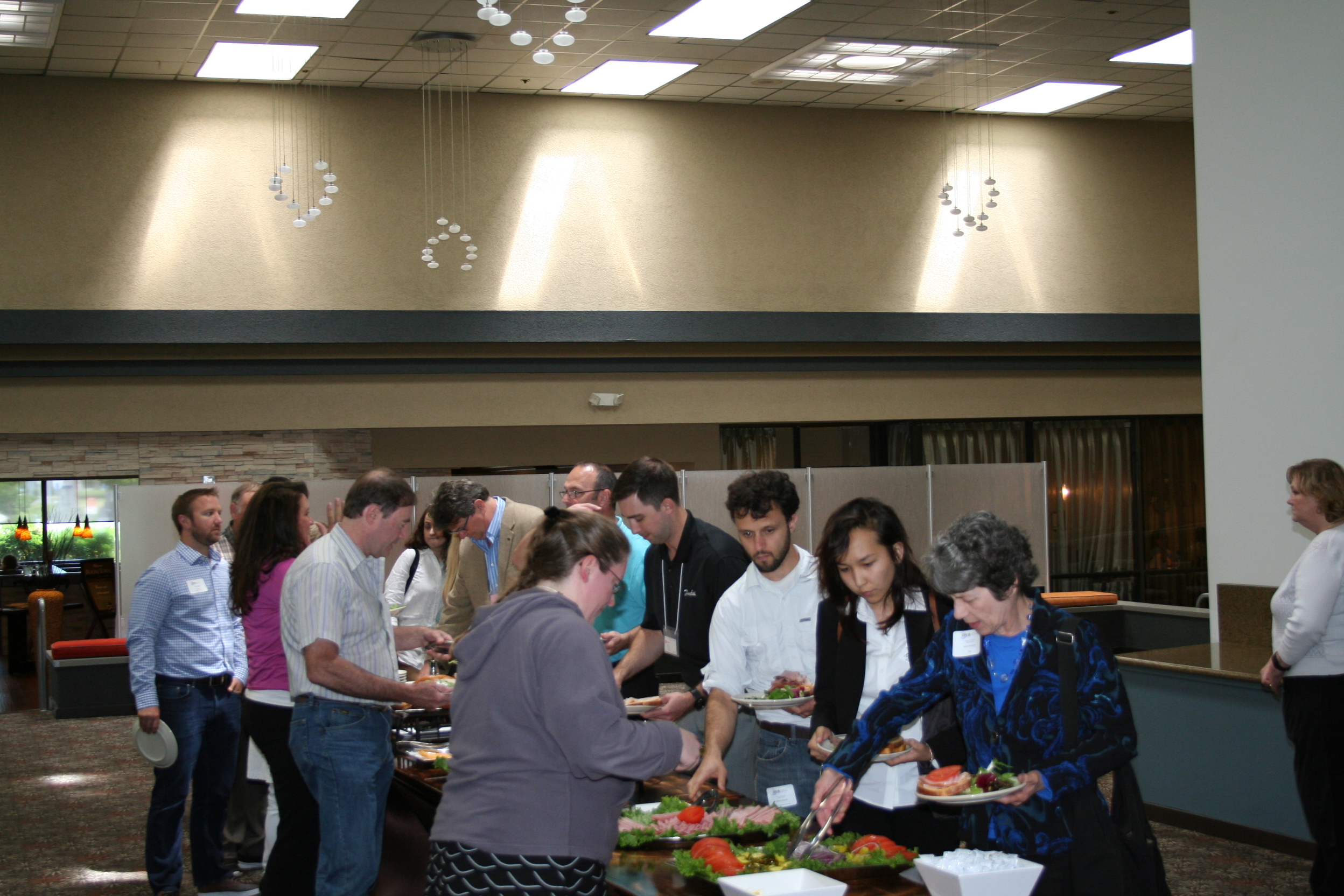
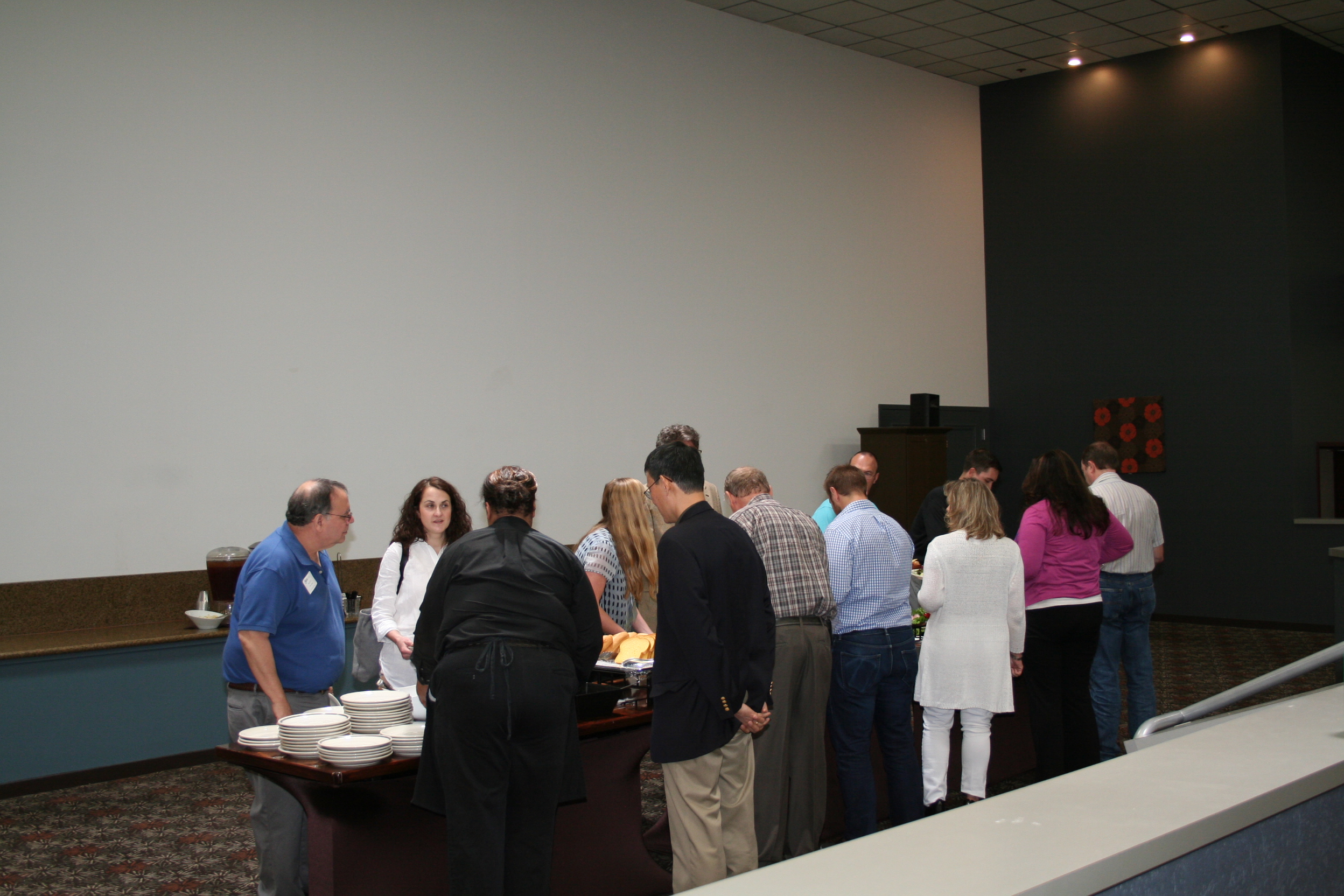
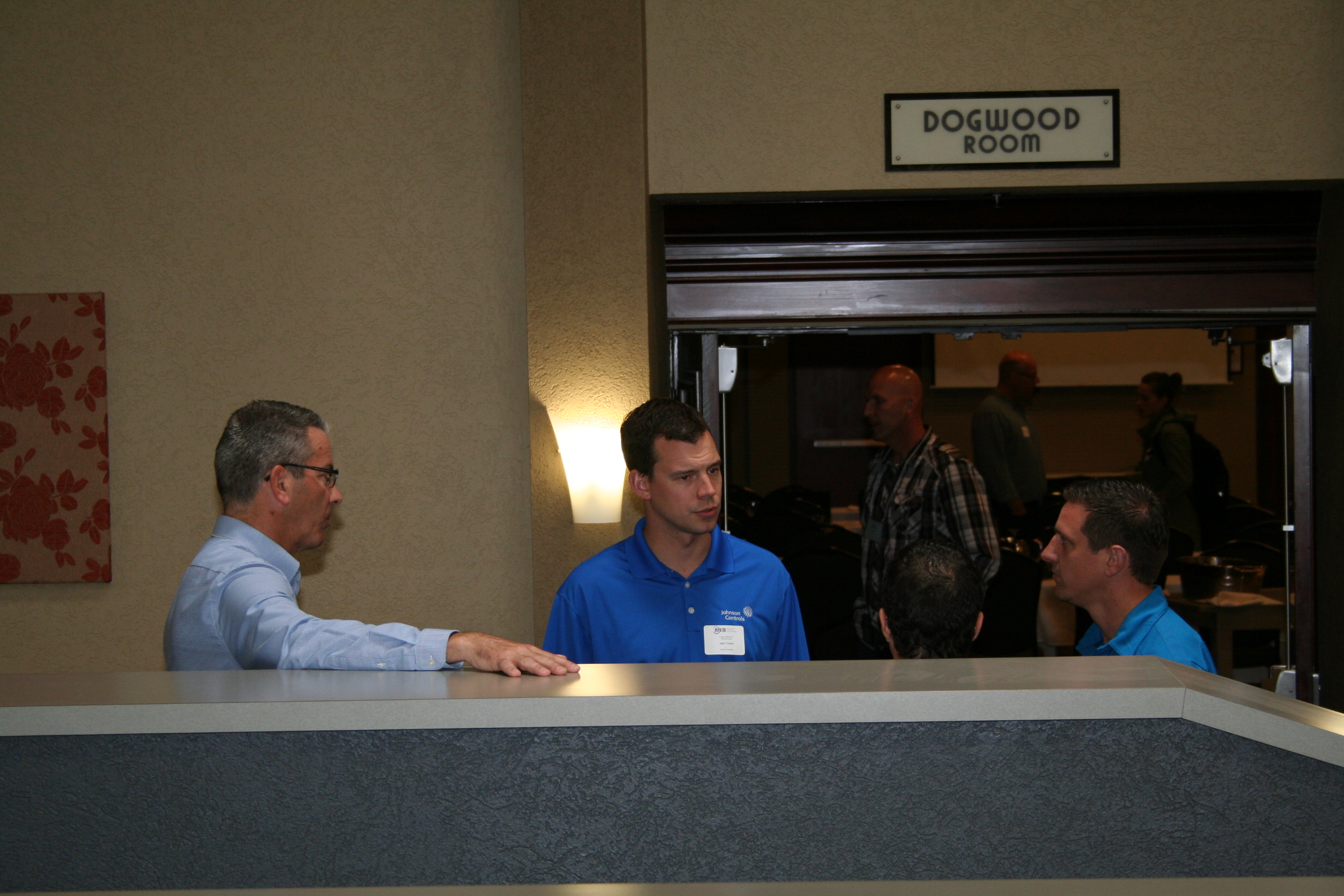

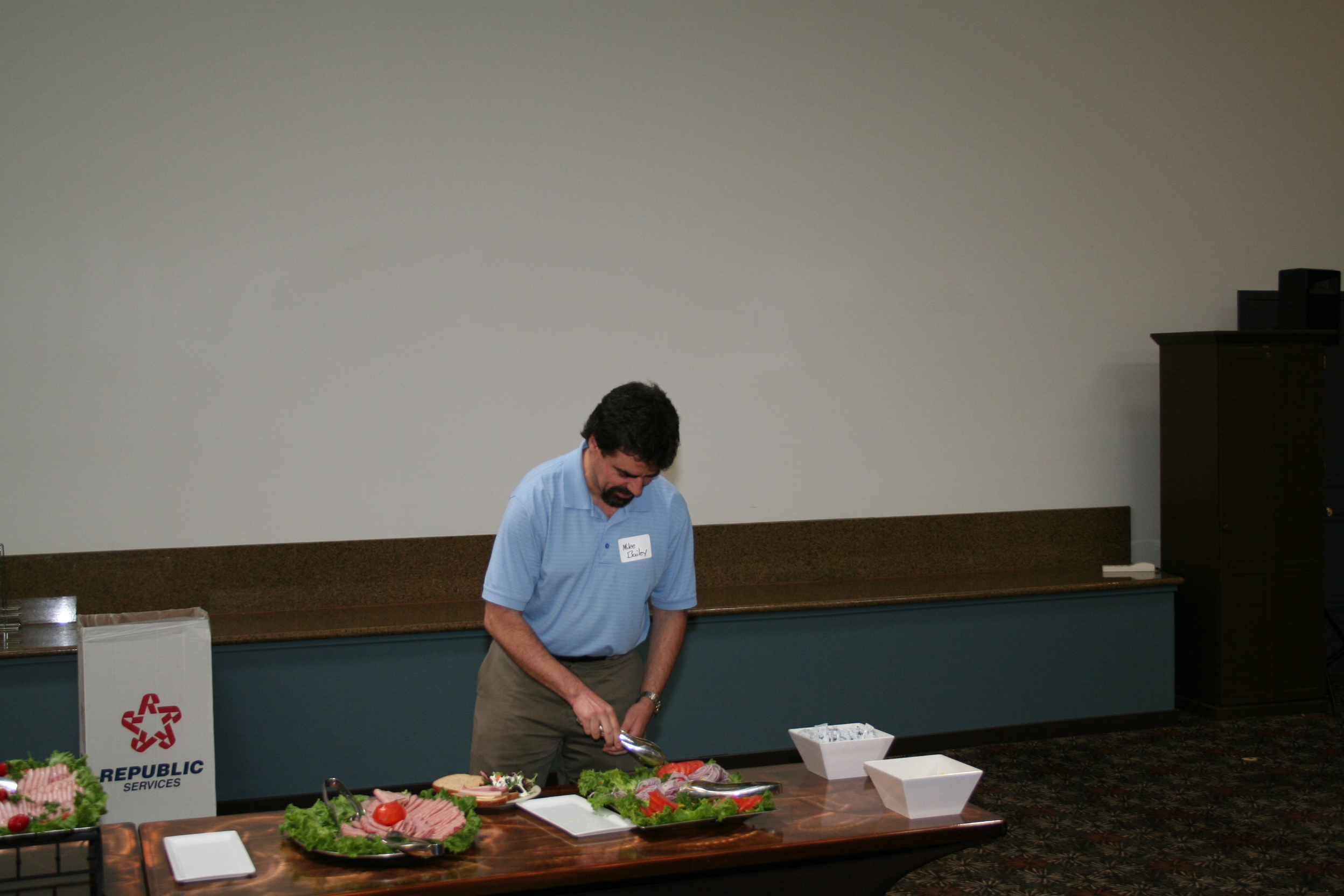
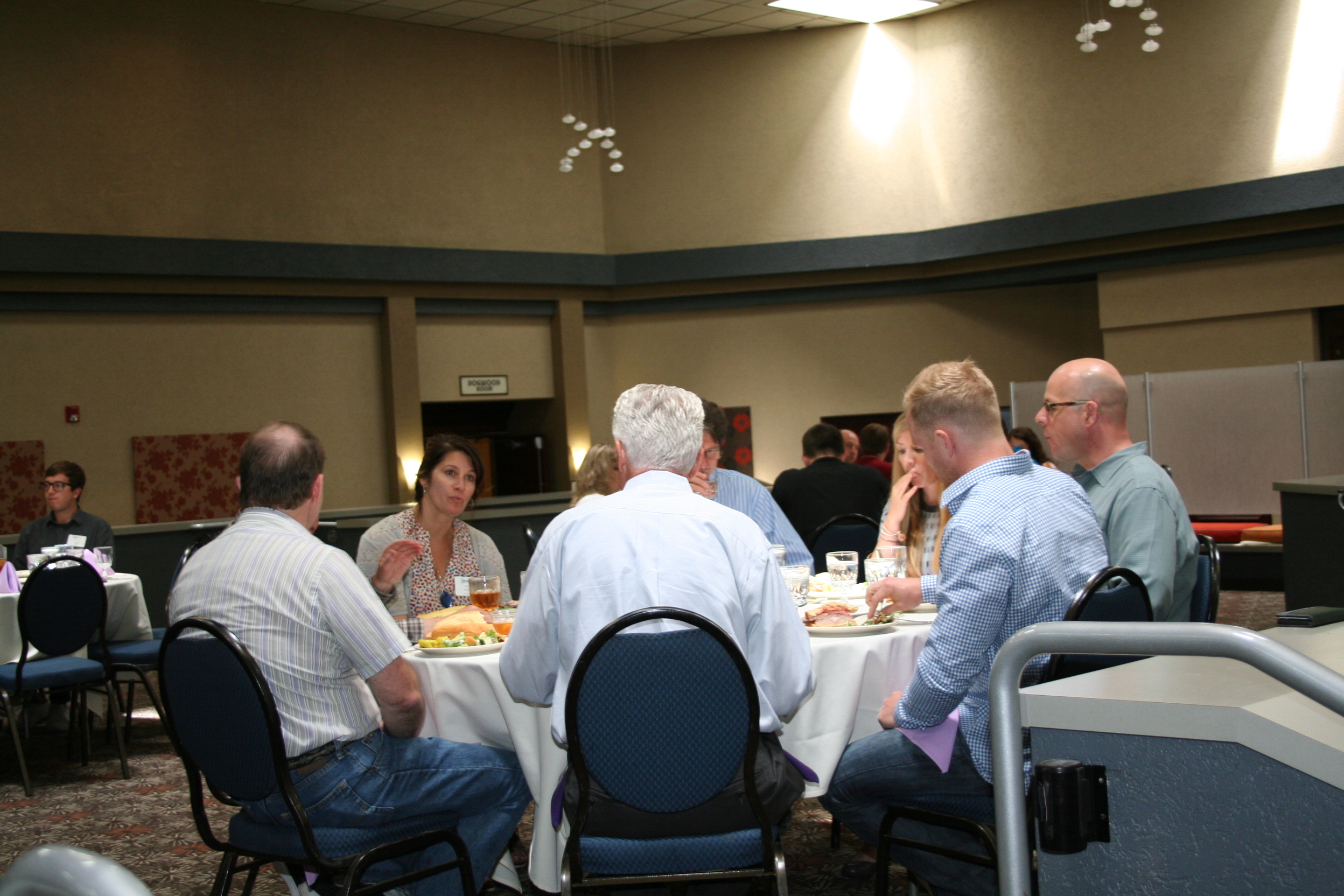




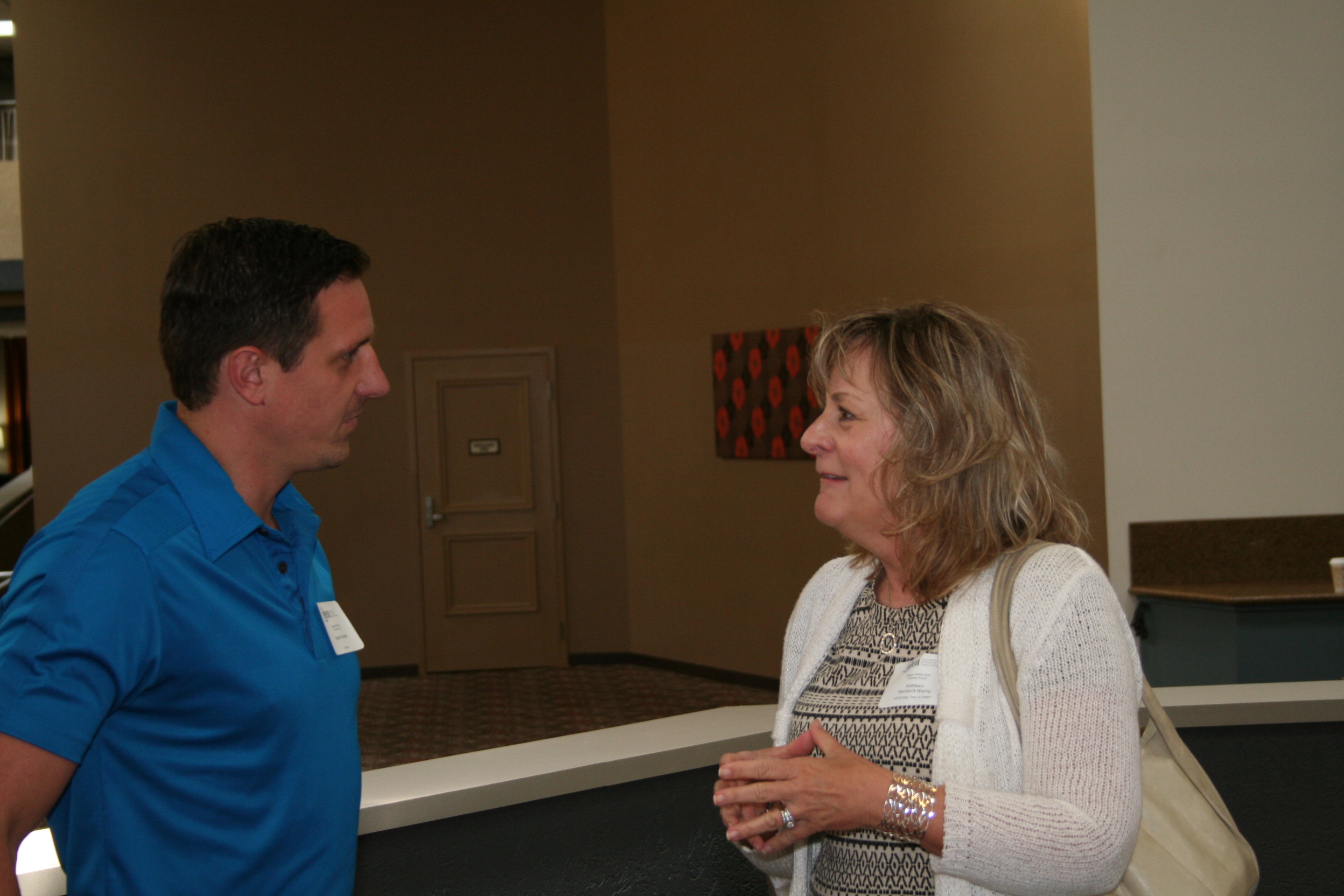
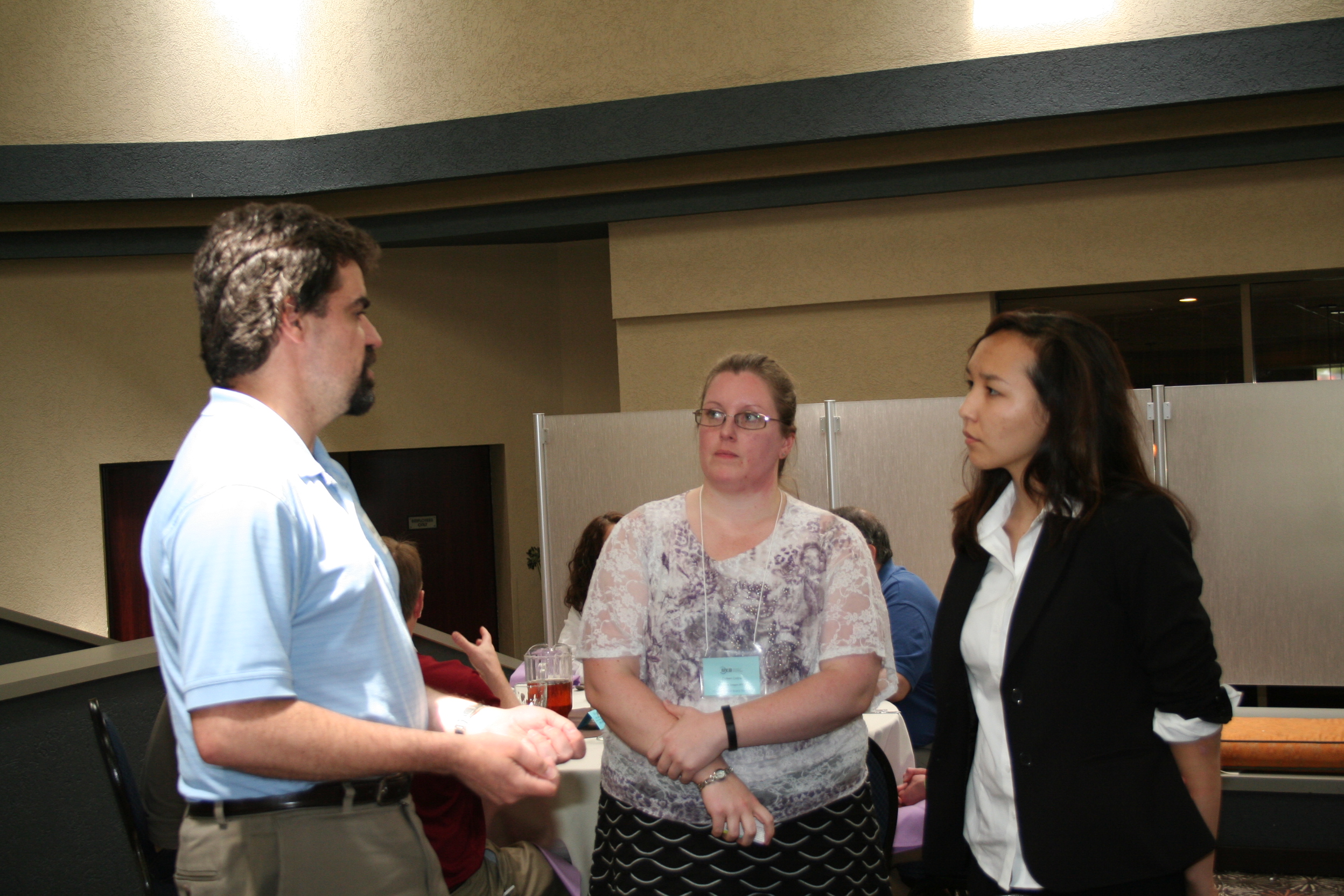
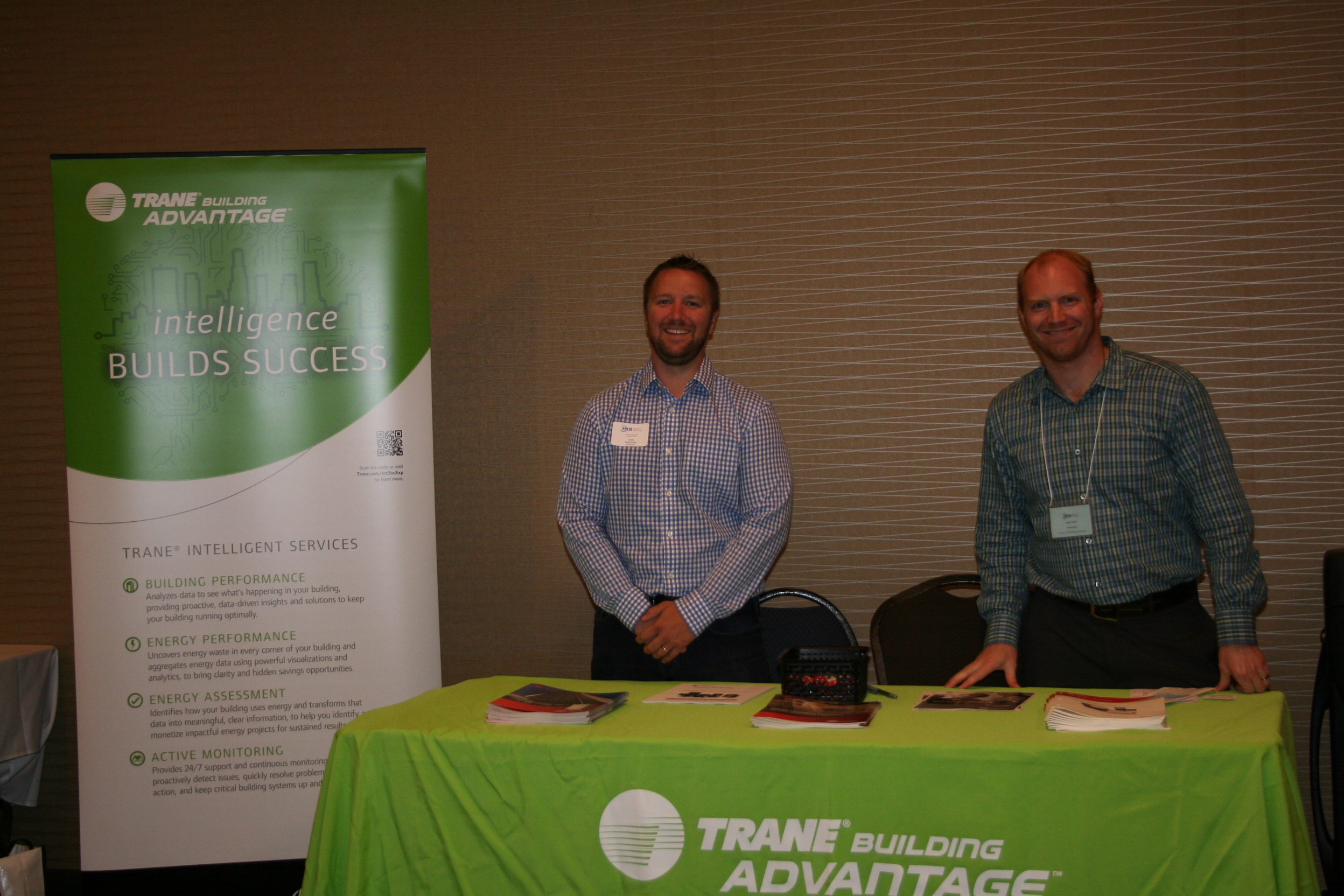
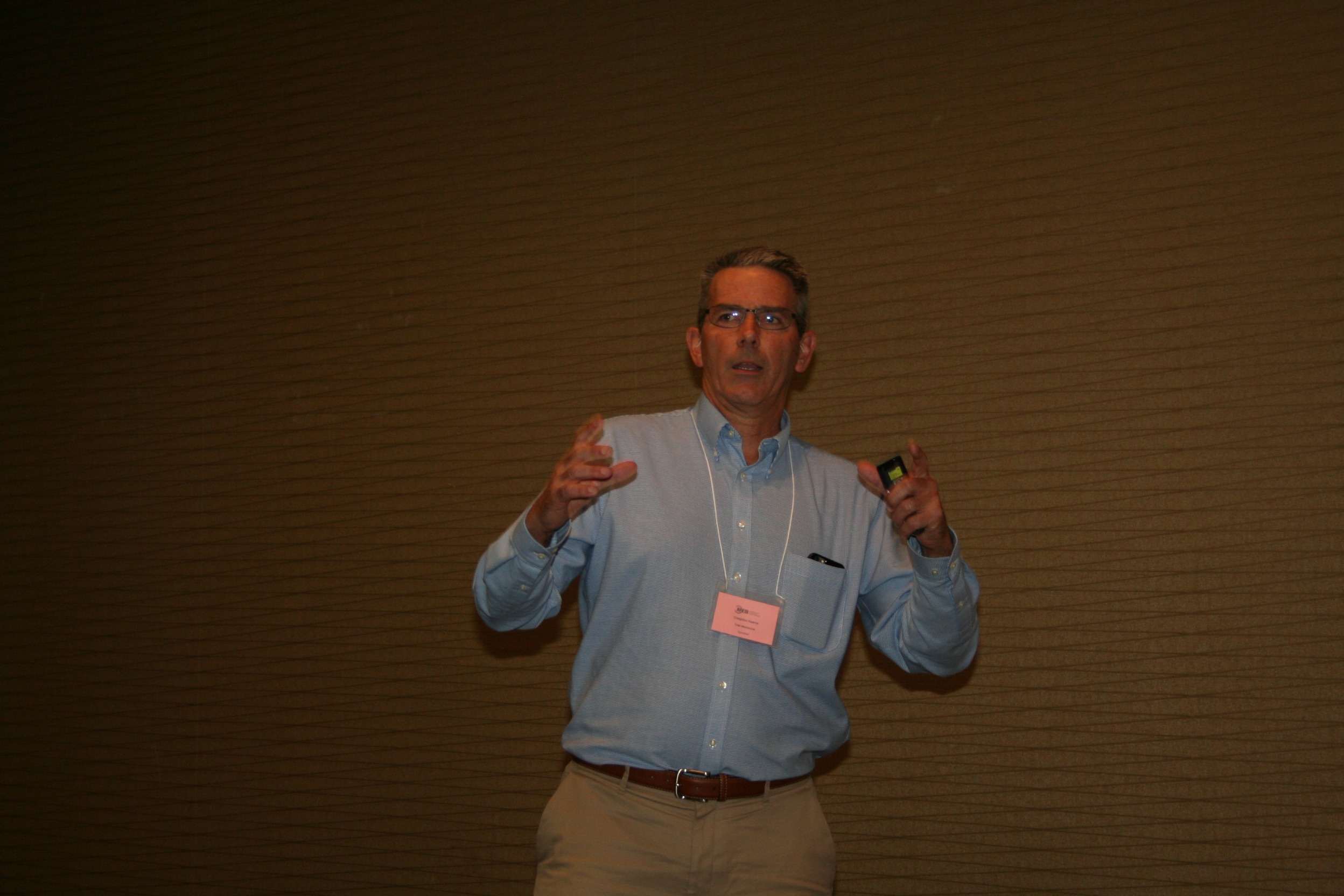
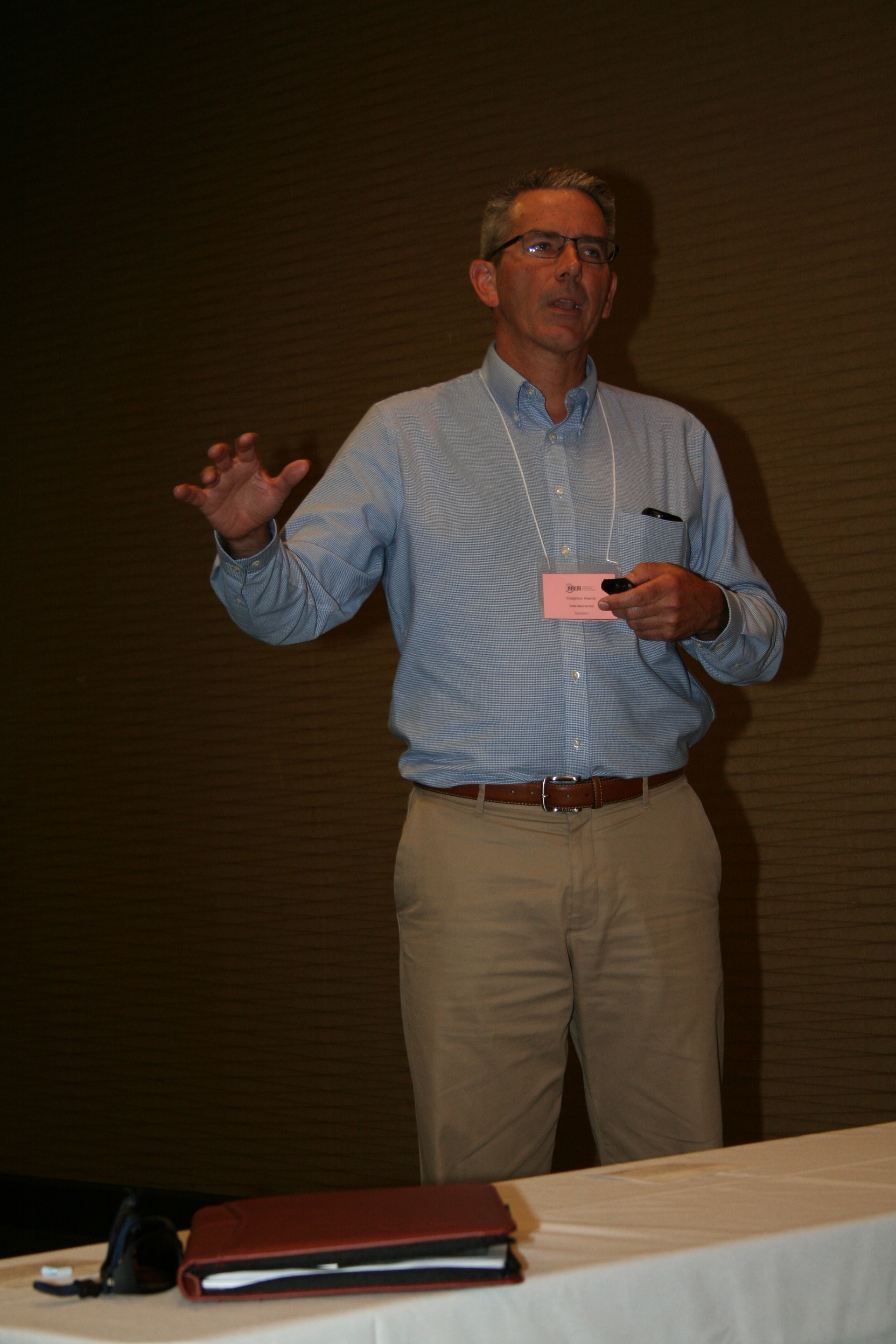
Summer Forum 2016 Comment Form
We would love to hear any comments you have about our Summer Forum or suggestions you may have for future forums
